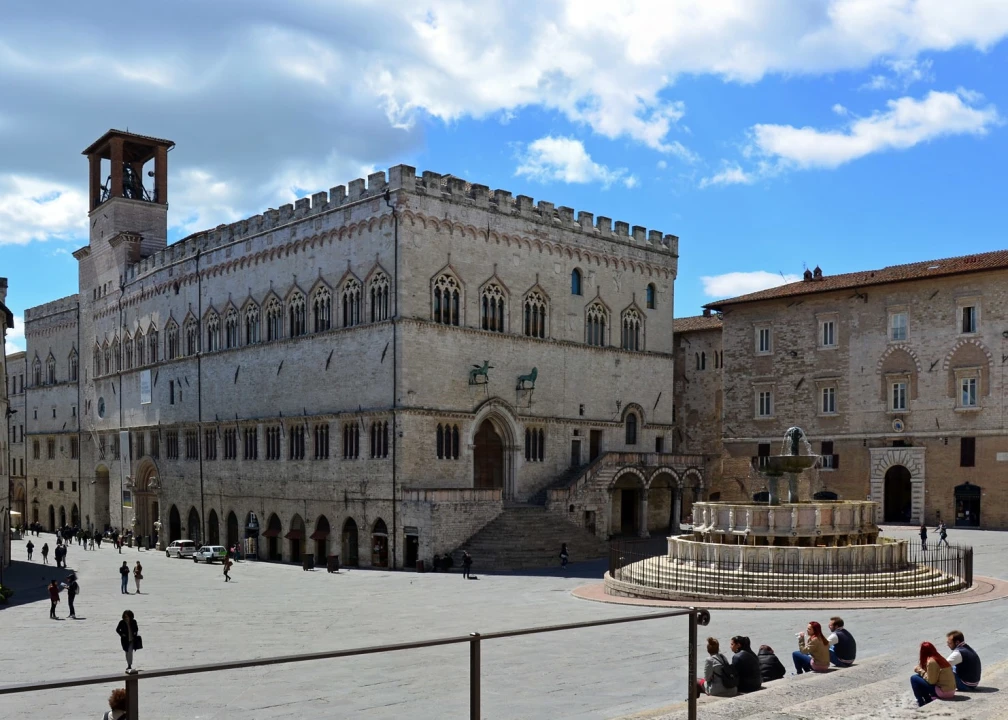Here we go again on our trip around the Italian dialects. This time we are in the core of Italy, region of central and southern Italy that is not by the sea but has beautiful rolling hills. We are in Umbria, more specifically Perugia, a city famous for its Eurochocolate Festival, its art, and amazing Etruscan architecture.
As all the other regions, Umbria does not have a single dialect, but in this region in particular, no common language has developed. We can divide the dialects in three main areas of influence, but today we are going to look at the center/north-west area and the perugino. The perugino is peculiar because it is much more influence by languages from both Tuscany and Marche and not Romagna as the other areas of influence, and even more ancient Italian words; however, there are words that seem to come directly from German.
But what does it sound like? There are some peculiarities that are characteristic of this dialect. The “a” is open leaning towards an “e” like in “cat” for example. Other vowels almost merge together and are not as differentiated anymore when they are not stressed or some words ending in “i” might actually end in “e”. Also, doubles are usually not pronounced and, as it happens in many central and southern regions, the super hard sound “gli” is simplified and pronounced like a long “i,.”
But I said that perugino is also influenced by ancient German and ancient Italian. Indeed, there are some words that seem to come directly from German and is seems to be related to some German families who lived in this area under the Sacred Roman Empire and Frederick I. And I think it is amazing that certain dialects have retained some of the oldest Italian words like dua for dove, “where,” or tardo and tristo, with an “o,” for tardi and triste, “late” and “sad,” and gire for andare, to go.
Then we have what some resources call peruginismi, that is words that are extremely characteristic of this language. We have amblòtto which means “breeze,” in Italian brezza; béllera for farfalle, “butterfly;” cinino for piccolo, “small;”buccia for “doll,” bambola not to be confused with the Italian buccia which means peel. Then in common with the Tuscan dialect, like kèvoaòkkje, for “dragonfly,” libellula in Italian, and shared with the marchigiano mòjja for “swamp,” palude.
While researching this topic, I loved seeing literature being written in this dialect, especially poems. I even saw some archive files of handwritten pieces. But that’s not all! As for many other dialects, there are now many pages on social media that try to keep these languages alive in a fun and approachable way. And in this crazy time, tradition is one way to make this whole situation a little lighter, so someone created customized face masks with untranslatable words or famous phrases in perugino.
Most people will say that promoting Italian dialects will divide, but I personally think it won’t, and this is such a beautiful way to create a community and bring people together. I have people in my own family come from all over Italy who have learned the local dialect and exchanged their words and expressions with local people. This enriched their own life and that of others.



